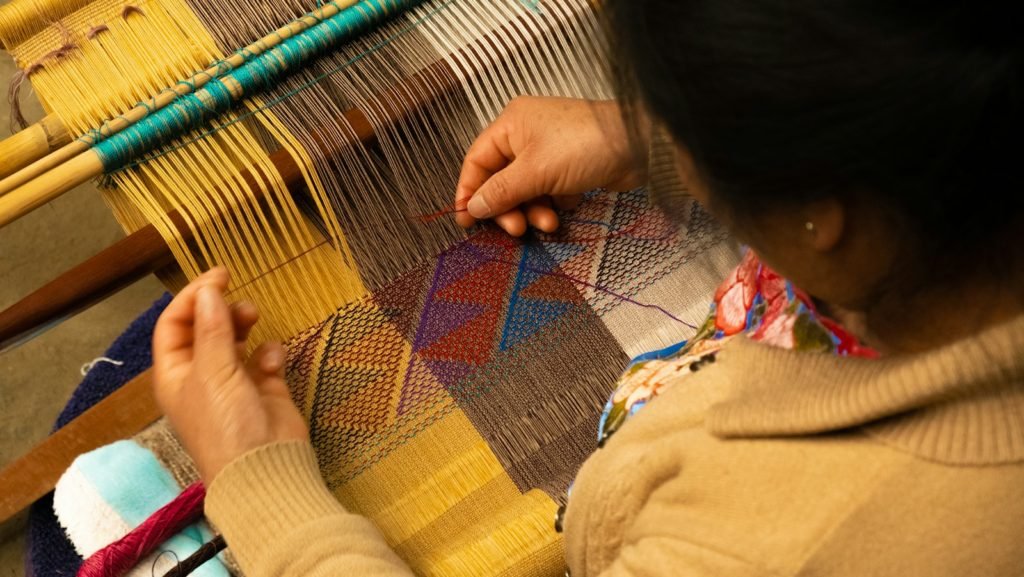In the vast landscape of project management, where tasks weave together like threads in a tapestry, project metrics emerge as the loom. These metrics, like skilled weavers, craft a narrative of a project’s progress, offering insights into quality control and avenues for process improvement. Join us on an exploration of the world of project metrics, unraveling their role in maintaining quality and propelling process improvement forward.
The Weaver’s Loom: Understanding Project Metrics
Before diving into the application of project metrics in quality control and process improvement, let’s understand the essence of this intricate loom. Picture a loom where each thread represents a task in a project. Project metrics are the skilled weaver’s tools, tracing and intertwining these threads to create a detailed tapestry of project performance. From timelines to costs, these metrics provide a comprehensive view, allowing project managers to identify patterns and make informed decisions.
Quality Control: Threads of Precision
In the realm of quality control, project metrics are the weaver’s guide, ensuring each thread is woven with precision. Metrics like defect rates and testing timelines become crucial indicators of the project’s fabric. Like a weaver inspecting the pattern for flaws, project managers use these metrics to identify potential issues, ensuring that the final product is a masterpiece of quality and craftsmanship.
Process Improvement: Refining the Tapestry
As we delve into process improvement, project metrics transform into a tool for refining the tapestry. By examining metrics related to task duration and efficiency, project managers can identify areas for improvement. Like a weaver adjusting the tension for smoother weaving, these metrics guide the refinement of processes. The tapestry of project completion becomes a dynamic, ever-improving creation, shaped by the insights gleaned from project metrics.
Navigating the Tapestry: A Closer Look
To comprehend the role of project metrics in quality control and process improvement, let’s embark on a journey through a hypothetical project. Picture designing a website – a project with various tasks, from coding to user testing. Project metrics serve as the weaver’s magnifying glass, allowing project managers to examine each thread of the tapestry closely.
Quality Control: Ensuring Patterns Align
In quality control, project metrics become the weaver’s tool for ensuring patterns align seamlessly. Metrics related to user satisfaction and error rates become critical indicators. If a thread representing coding shows inconsistencies, project managers can make adjustments to maintain the overall pattern. Project metrics become the weaver’s ally in crafting a website that not only looks good but functions flawlessly.
Process Improvement: Tweaking the Loom

Now, let’s explore process improvement in our website design project. Project metrics become the weaver’s guide to tweaking the loom for better efficiency. Metrics related to task duration and feedback response times reveal opportunities for optimization. If the user testing thread consistently takes longer than anticipated, project managers can adjust the loom, ensuring a smoother and more efficient weaving process.
The Ripple Effect: Patterns Unveiled
Just as ripples in a pond reveal underlying patterns, project metrics unveil the interconnectedness of tasks in a project. Understanding this ripple effect is crucial for both quality control and process improvement.
Quality Control: Spotting Anomalies
In quality control, recognizing the ripple effect is akin to spotting anomalies in the tapestry. Project metrics expose deviations in patterns, allowing project managers to address potential issues. If a thread representing user testing shows a sudden spike in error rates, adjustments can be made to ensure the overall quality of the website.
Process Improvement: Optimizing Interactions
Delving into process improvement, project metrics enable project managers to optimize interactions between threads. If a delay in coding consistently affects the start of user testing, adjustments can be made to streamline the process. By understanding the ripple effect, project managers ensure a harmonious progression of tasks, minimizing delays and maximizing efficiency.
Flexibility in the Fabric: Adapting to Change
Projects often encounter unforeseen challenges, requiring flexibility in the fabric. Project metrics, however, offer a tool that allows project managers to adapt to change while maintaining the integrity of the tapestry.
Quality Control: Navigating Storms
In quality control, unforeseen challenges can be storms threatening the project’s fabric. Project metrics serve as a compass, enabling project managers to navigate through these challenges. If a sudden change in user preferences is detected, adjustments can be made to maintain the quality of the website, even in the face of adversity.
Process Improvement: Adjusting Patterns
For process improvement, project metrics provide a guide to adjusting patterns when needed. If a process hiccup surfaces, project managers can swiftly identify alternative paths, optimizing the project’s trajectory. This adaptability ensures that the project’s fabric stays on course, constantly improving processes to achieve smoother and more efficient outcomes.
Bringing It All Together: The Symphony of Project Management
In the intricate symphony of project management, project metrics are the conductor’s baton, guiding projects through the harmonious blend of quality control and process improvement. Each metric, like a musical note, contributes to the masterpiece of project completion.
Key Takeaways: The Weaver’s Toolkit
Project metrics are essential indicators, including defect rates and task duration, that help project managers examine and optimize project performance. In quality control, project metrics aid in ensuring each thread is woven with precision, contributing to the overall quality of the project. Process improvement is facilitated by examining metrics related to task duration and efficiency, guiding the refinement of processes for better outcomes. The ripple effect of project metrics reveals patterns and interconnections between tasks, enabling project managers to address potential issues and optimize interactions. Project metrics provide flexibility, enabling project managers to adapt to unforeseen challenges while maintaining the integrity of the project.